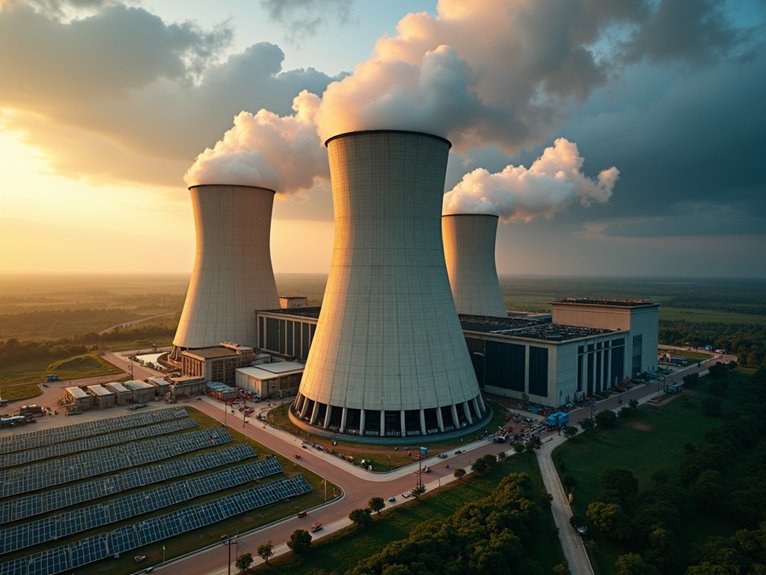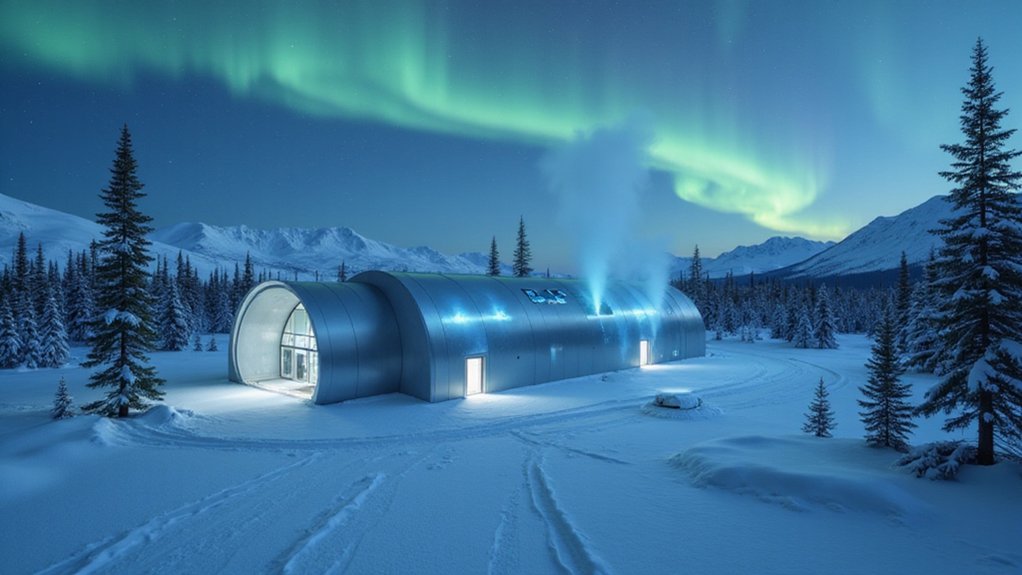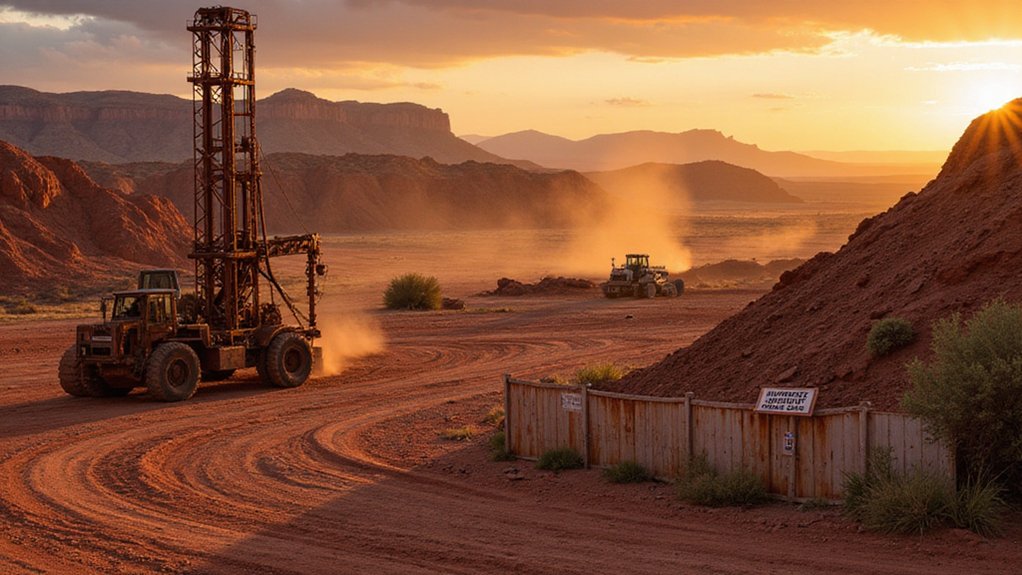Colorado just flipped its energy script. After 30+ years, nuclear power now counts as “clean energy” thanks to HB25-1040. The bipartisan move lets nuclear projects—especially those trendy small modular reactors—help meet the state’s ambitious 2040 renewable goals. Zero-carbon nuclear could fill gaps where solar and wind fall short, potentially cutting 460,000 tons of CO2 yearly. Coal communities facing plant closures might find new hope in this atomic solution.
While Colorado has been pushing toward ambitious renewable energy targets for years, the landscape of clean energy in the state just got a nuclear makeover. HB25-1040 passed with bipartisan support, officially adding nuclear power to the state’s definition of “clean energy resources” for the first time since 1989. No big deal—just completely reshaping the future of Colorado’s energy policy.
The timing couldn’t be more interesting. Colorado’s already committed to 100% renewable energy by 2040 and slashing greenhouse gases by 90% by 2050. Now nuclear projects can contribute to these goals and—bonus!—qualify for local grants. Those small modular reactors (SMRs) everyone’s been buzzing about? They’re suddenly looking a lot more attractive.
Nuclear just changed the game for Colorado’s clean energy future—SMRs might be the missing piece in that ambitious 2040 puzzle.
It’s not just about being trendy. Colorado’s electricity demand is surging, and something needs to replace those closing coal plants. Nuclear offers baseload power that solar and wind just can’t match. Zero carbon emissions is a pretty sweet deal, too. We’re talking about potentially eliminating over 460,000 metric tons of CO2 annually. Not too shabby.
The economic picture looks promising. Renewable energy is already projected to generate $64 million in tax revenue by 2030, with counties embracing clean energy seeing 63% property tax revenue growth. Nuclear could add even more jobs to the mix. The state already boasts over 10,000 solar jobs created by 2025, spanning installation, manufacturing, and research sectors. Unlike solar power with its minimal maintenance requirements, nuclear facilities require substantial ongoing maintenance and specialized workforce.
But let’s not pretend it’s all sunshine and rainbows. The state is facing serious pushback against renewable projects, with 660 MW of solar currently facing local opposition. This transition is particularly crucial for communities like Craig and Hayden that face significant job losses when their coal-fired plants close in 2028. People are worried about everything from property values to wildlife habitat. Some folks just don’t want their views messed with.
State officials aren’t sitting idle. They’re considering preemptive legislation to protect solar development, along with standardized siting requirements. Gas utilities now have to create Clean Heat Plans.
Colorado’s clean energy roadmap just got more complicated—or maybe more realistic, depending on who you ask. Nuclear is back in the game. Deal with it.








